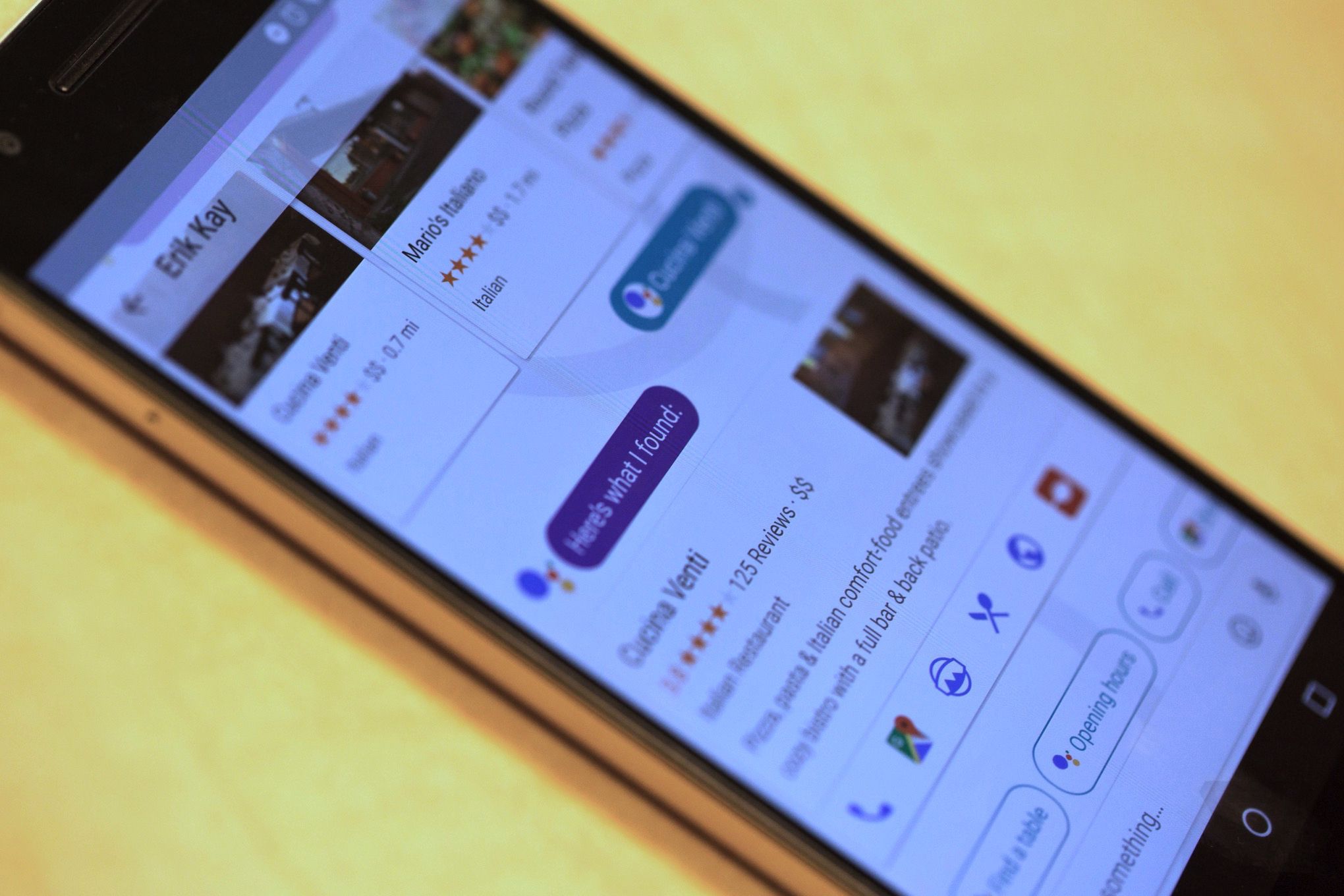The race to add more megapixels has slowed among point-and-shoots in recent years, but that hasn't stopped companies from taking zoom to new lengths — literally.
That kind of zoom can do wonders for people shooting anything from wildlife to the moon, but it does come with drawbacks. Steadying shots at 2000mm can be nearly impossible, even with Nikon's built-in image stabilization, and image quality suffers badly at full zoom. However, if you're looking for a camera that can reach out and snag a shot of just about any subject that you can lay your eyes on, the P900 has you covered.
Due to its massive lens, the P900 is bigger than most comparable superzooms. But even with its increased size, the P900 feels well-built and not too front-heavy. However, when you're zoomed to 2000mm, two hands are absolutely required if you want a steady shot. Still, it's light enough that you can hold it in one hand–something you couldn't do if it were a DSLR with a long telephoto attached.
The rear LCD can flip out and swivel, which is especially useful when shooting overhead or at other tough angles. That said, it's not the sharpest screen, nor is it touch sensitive.
Designing a camera with a 24-2000mm equivalent zoom is an exercise in compromise. The P900 takes quite a few hits to its performance for the ability to reach out and touch the stars.
Its small sensor limits both resolution and low-light performance. The P900 is capable of taking shots at an amazing range of focal lengths, but the further out you go, the worse the quality becomes.
Another issue that stems from the small sensor is high-ISO performance. In low-light conditions when you need to bump up the ISO to properly expose the scene, your shots will look grainy.
When shooting handheld shots at focal lengths of 1000mm or more, you're going to need a very fast shutter speed. That might mean bumping up your ISO to compensate for the lack of light, which results in a loss of even more detail. I wouldn't recommend venturing far above ISO 800 to keep noise in check.
Shooting with the P900 was surprisingly pleasant. The controls are very straight forward and have almost no learning curve for anyone that's used either a DSLR or compact point-and-shoot. I do wish the buttons had a little more feedback to them, though.
The electronic viewfinder (EVF) isn't amazing, but it isn't the worst thing I've looked through either. I did find myself using the LCD more than I usually do when shooting wide shots–only switching to the EVF for longer focal lengths.
On the subject of longer focal lengths, the camera zooms very slowly. On average it took 6.3 seconds to go from 18mm to 2000mm, which is plenty of time to lose that perfect moment. One useful feature is the "snap-zoom" feature. It works when you're zoomed in on a subject, automatically zooming out momentarily, allowing you to find your subject. It then snaps back so you're ready to fire away.
To be honest, I was surprised by how much I didn't mind shooting with the P900. However, the images—while okay-looking at small sizes—were never really as good as I wanted them to be on closer inspection.
In most cases, you're probably better off with a better camera with less zoom. Along those lines, take a look at Panasonic's FZ1000. Its combination of a wider aperture range and bigger sensor gives you far superior image quality, low-light performance, and 4K video–all for only around $100 more.
